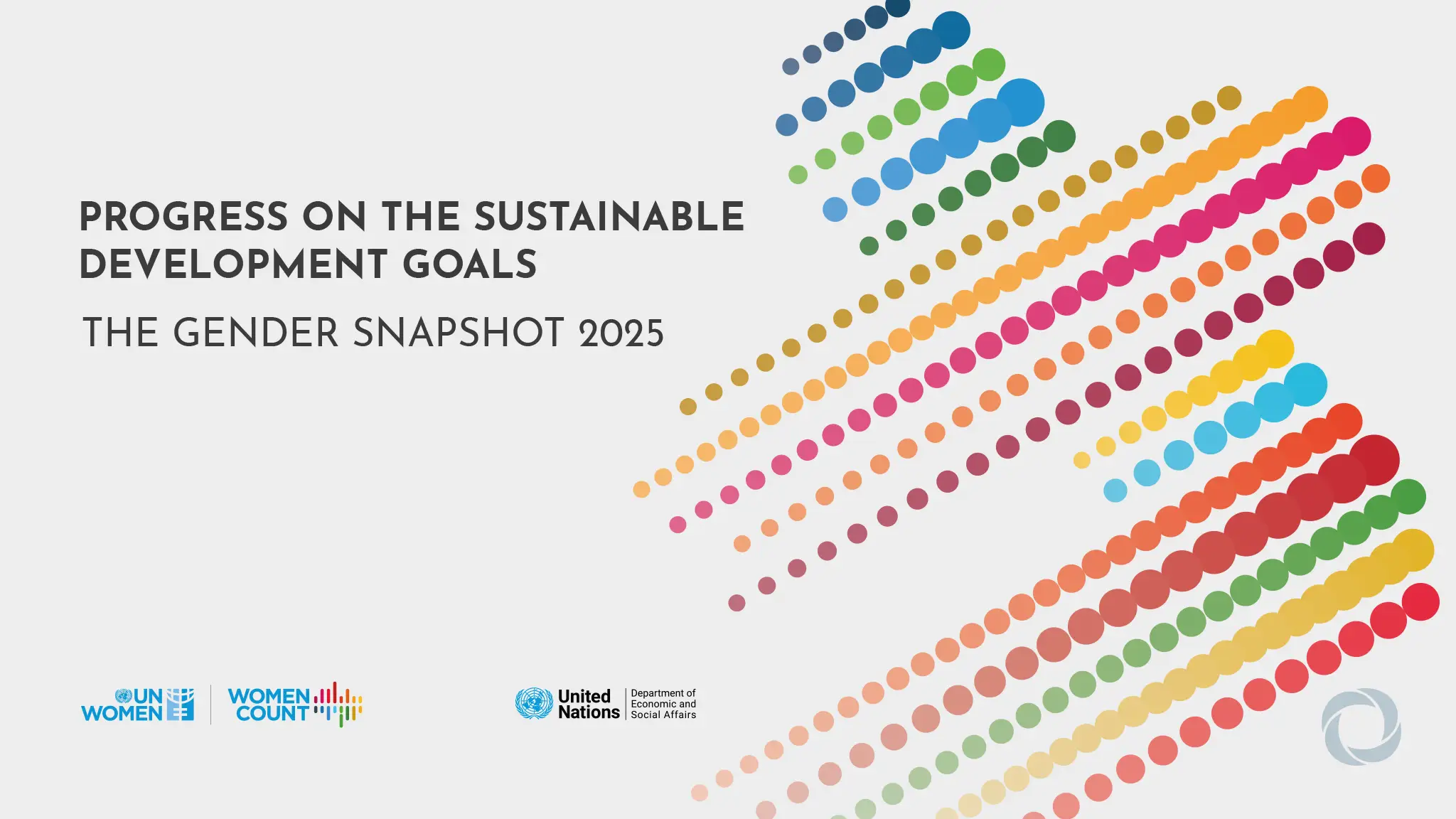The world is on track to leave 351 million women and girls in extreme poverty by 2030, missing key gender equality goals unless countries change course, the United Nations Entity for Gender Equality and the Empowerment of Women (UN Women) warned in its latest Gender Snapshot 2025 report. The annual data review shows that current trends will fail to meet Sustainable Development Goal 5 on gender equality and women’s empowerment. But the report also reveals a potential solution: closing the gender digital divide could benefit 343.5 million women and girls worldwide, lift 30 million out of poverty, and add $1.5 trillion to global GDP by 2030. UN Women and UN DESA produced the snapshot using data from over 100 sources to track progress across all 17 development goals. The timing comes 30 years after the Beijing Platform for Action first laid out a global agenda for women’s rights.
The numbers paint a stark picture of stalled progress on women’s equality worldwide. Despite decades of advocacy and policy commitments, gender gaps persist in education, employment, political representation, and access to technology. Many countries have actually moved backwards on women’s rights in recent years, with rising authoritarianism and conservative movements rolling back gains. The COVID-19 pandemic made things worse by pushing more women out of work and into poverty while increasing domestic violence. Climate change, armed conflicts, and economic crises disproportionately hurt women and girls who often have fewer resources to cope.
The report identifies digital inclusion as one of the most promising areas for investment and change. Women and girls face bigger barriers to internet access and digital literacy than men in most parts of the world. This digital divide keeps them locked out of online education, financial services, job opportunities, and information that could improve their lives. Countries that invest in getting more women online see economic benefits that ripple through entire societies. Mobile banking helps women start small businesses, online education opens new career paths, and digital health services reach remote areas where clinics are scarce.
UN Women officials said the findings show that missing gender equality targets would be “a political outcome, shaped by systemic neglect, stalled investments, and a retreat from equality.” The organization argues that progress is still possible with the right investments and political will. The report anchors the Beijing+30 Action Agenda, which identifies six priority areas for faster action including digital inclusion and poverty reduction. Both areas include detailed investment pathways showing exactly how much money is needed and what results countries can expect.
The Gender Snapshot serves as the world’s leading source of data on gender equality and the 2030 Sustainable Development Agenda. With just five years left to meet the global goals, the report offers both a warning about current trends and a roadmap for change. The authors stress that gender equality isn’t just about women’s rights – it’s foundational to peace, development, and human rights for everyone. Countries that want to meet their development commitments will need to put gender equality at the center of their planning and budgets.

